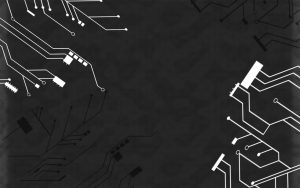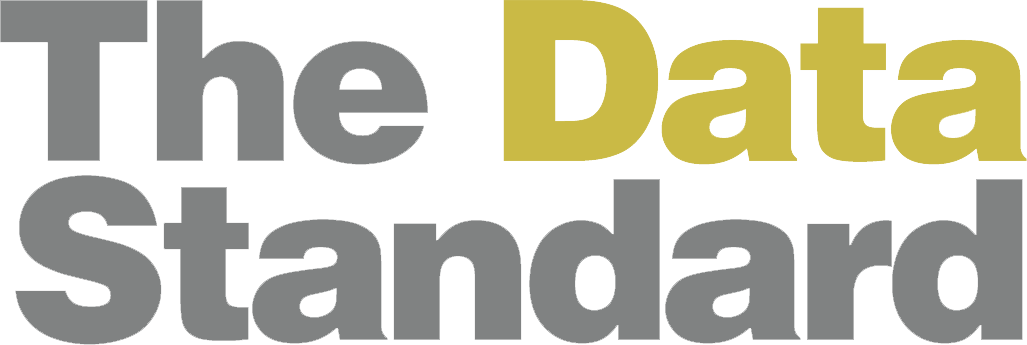Data science is a very attractive career, and it’s in high demand in the job market. According to the US Bureau of Labor Statistics, the number of data science jobs will increase by 15%, more than triple the national average. In addition, the current median base salary of a data scientist is $113,736.
For some people, the high demand on the job market and excellent salary are not the primary reasons to pursue the data scientist career path. Instead, they find working with emerging tech such as Machine Learning and Artificial Intelligence the most beautiful thing.
Despite your reasons, you and your future colleagues will all land in the same niche. So to help you land on your feet, we’ve put together a sort of mini beginners guide to what a data scientist is, what it entails, and steps to move toward attaining a position.
Data Science: A Short Recap
Data Science is an interdisciplinary field. So what disciplines make it? The answer is relatively simple – statistics and computer science. There is a third element that eludes the most definitions, though. It is specific domain knowledge, and it refers to the use of data science in a specific vertical.
Data Science is also referred to as art because data scientists often don’t have the privilege of extracting insights and data from structured data. In many cases, they have to do it using unstructured data. They often combine various platforms, scientific methods, and Artificial Intelligence algorithms to complete this complex task.
What Does Being a Data Scientist Entail?
A data scientist can work on hundreds of different projects. Each of these projects is unique and dictates the very role of a data scientist on board. However, some specific tasks are often found across different projects. Here is what you will be doing.
Defining or understanding the problem statement is the first role that you should understand. Data scientists never work alone. They work with different organization departments to help a company develop a data-driven risk management strategy, identify a viable market, automate specific processes, and so on.
You will be invited to help define the problem statement or will be served one. Your job is to completely understand it as it will guide your future decisions related to a given project. Then, you will move on to data gathering. Finally, you will have to create and launch a data-gathering initiative based on a problem statement.
Once you collect the data comes the exciting part. You will have to clean the data to be able to create a solid output model. You will be correcting data types, dealing with missing data values, and purging irrelevant data.
After completing the data cleaning phase, you will do exploratory data analysis. It encompasses analysis of dataset features and identifying the correlation between two or several features. Now comes the exciting part – feature engineering. During this phase, you will apply operations to fine-tune the performance of the data model.
Two final stages of data scientist workflow are model building and deploying the model. First, you will have to engineer a model that reflects your problem statement. For instance, it can be a model that emphasizes the importance of features or a high accuracy model. If a model is neither one of these, it will probably never go into production.
At the end of your workflow, you will work with machine learning and data engineers to deploy your model in the real world.
Data Scientist’s Tech Stack
You are probably wondering which technologies data scientists use on a day to day basis. First, data scientists have to be familiar with basic and more advanced principles of machine learning and artificial intelligence. It enables them to build data models ML, and AI algorithms can use to achieve predetermined goals.
When it comes to programming languages, data scientists use things that mostly revolve around Python and R. Both these programming languages are open source, which means they are free to use. They are both suited for various data science tasks ranging from data analysis and big data exploration to data manipulation and automation.
They are pretty different, though, in terms of data collection, exploration, modeling, and visualization. For instance, Python enables you to explore data in any way you want, with Pandas, the popular data analysis library for Python. There are other libraries such as PandioML designed to help you build machine learning pipelines hassle-free. R is more oriented towards statistical analysis of data sets.
Finally, you should be familiar with SQL. It is still one of the most commonly used data management systems, even though it has a few scalability issues.
Becoming a Data Scientist
The most obvious way of becoming a data scientist is to obtain a Master’s in Data Science degree. However, if you are already experienced with some of the technologies we mentioned above or have a Computer Science, Statistics, or Mathematics degree, you can take a few shortcuts.
First, you should get started with learning about what exactly a data scientist does. Then, you should understand the basics of Python & Pandas or R. Followed by revisiting your mathematics and statistics. Finally, stay focused on linear algebra, probability, and inferential statistics.
Finally, you should cover some machine learning basics. This includes learning about linear regression, decision trees, logistic regression, support vector machines, and Naive Bayes probabilistic classifier.
There you have it. Do you still want to be a data scientist? Great! Now that you know the basics you need to cover, we won’t hold you off. Start learning as soon as possible and find some data sets you can practice your skills on.





